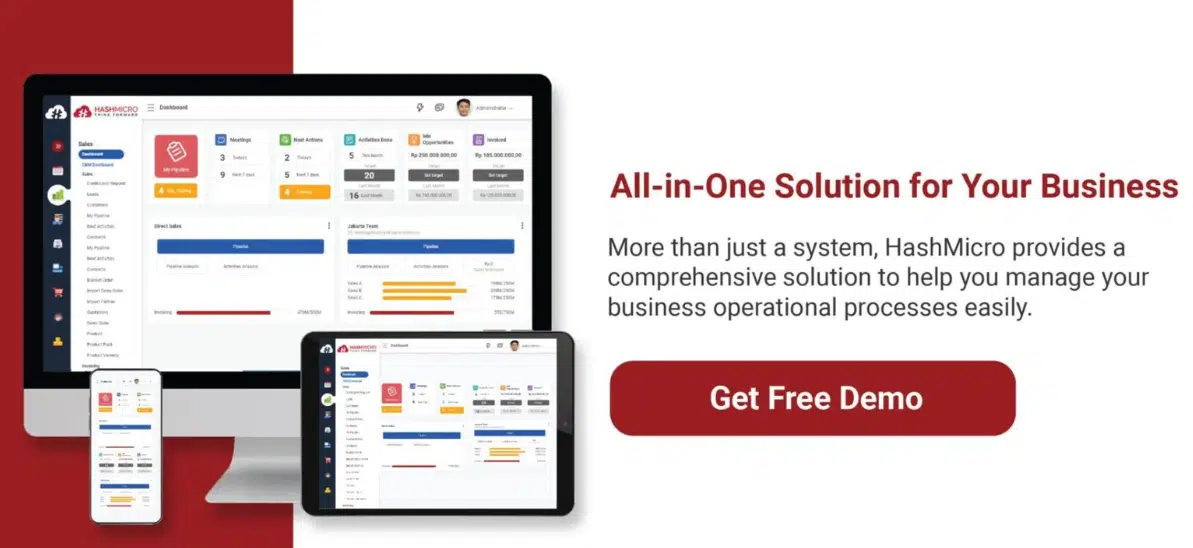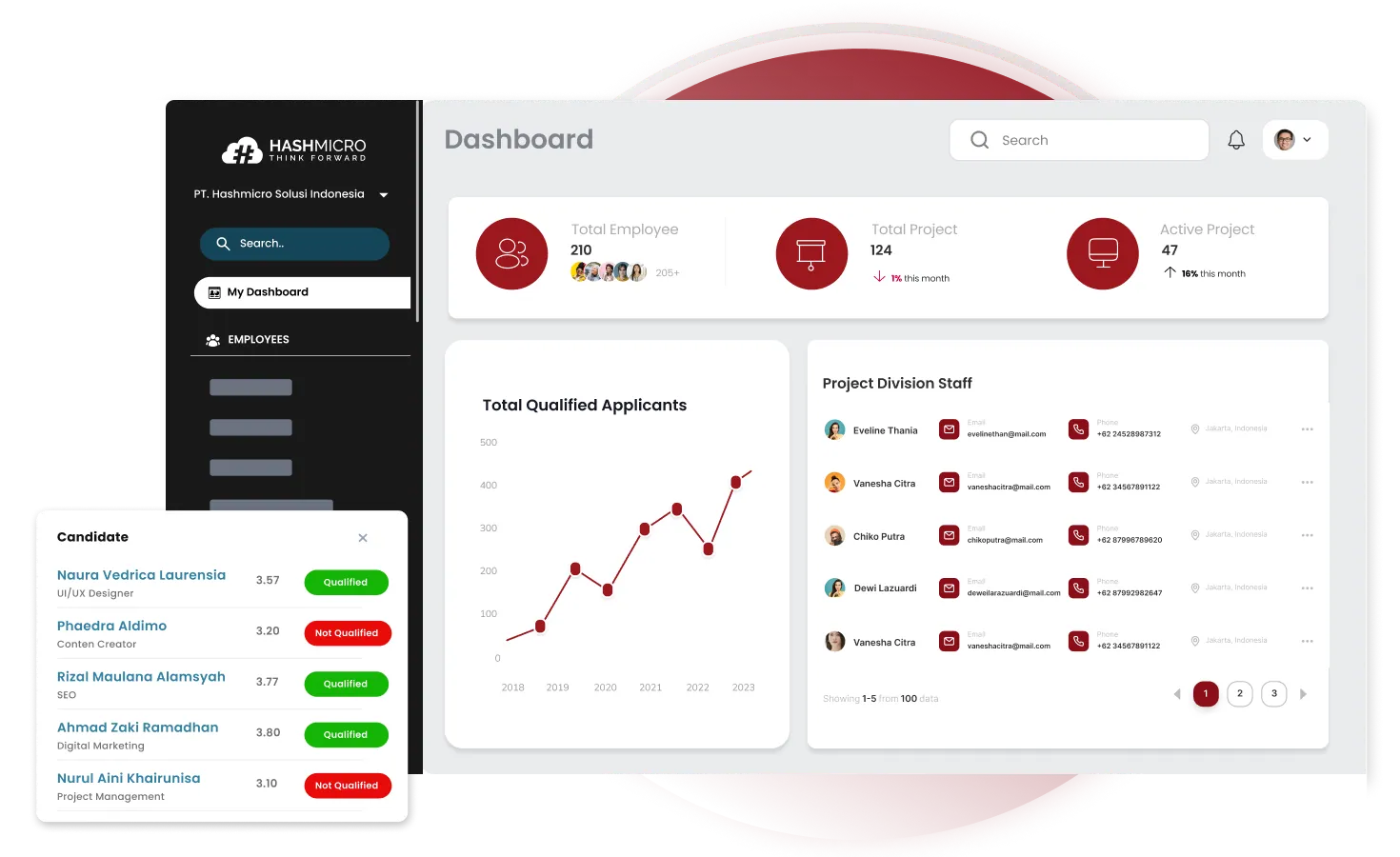Human resources (HR) greatly influences an organization’s success. However, how do businesses assess the success of their HR operations? HR KPIs (Key Performance Indicators) are vital in this situation.
With these quantifiable metrics, HR departments may monitor employee engagement, productivity, retention, recruitment efficiency, and overall workforce performance. Companies can make data-driven decisions that improve employee satisfaction and business growth by using HR KPIs to obtain insightful information about their people management initiatives.
This article will cover the different types of HR KPIs, their significance, and how to implement effective ones to improve HR procedures for sustained performance.
Key Takeaways
|
Table of Content:
Table of Content

Definition of HR KPIs
HR Key Performance Indicators (KPIs) are quantifiable measurements that assess how effectively an organization manages its human resources. These KPIs aid in monitoring HR-related activities, including hiring, employee performance, engagement, retention, training, and overall worker productivity.
By examining HR KPIs, companies can evaluate the effectiveness of their HR initiatives, identify development areas, and make data-driven decisions to improve worker satisfaction and company efficiency. Well-defined HR KPIs support a more productive and engaged workforce and align with company goals.
Why are HR KPIs Important?
HR Key Performance Indicators (KPIs) are important to ensure that human resource strategies support primary business goals. HR KPIs are crucial for companies to have a benchmark for their progress and growth. HR KPIs are essential for companies for the following reasons:
- Data-driven decision-making: Instead of depending solely on guesswork, HR teams and leadership can make well-informed decisions thanks to HR KPIs, which offer quantifiable insights into worker performance.
- Improved recruitment and hiring: HR teams can enhance their hiring procedures, attract top talent, and cut expenses by monitoring key performance indicators (KPIs) like time to hire, cost per hire, and quality of hire.
- Increased employee engagement & satisfaction: KPIs assist HR departments in measuring and enhancing workplace morale, which raises output and decreases turnover.
- Enhanced employee performance and productivity: Organizations can identify employee performance strengths and weaknesses and implement improvement plans by focusing on KPIs like target achievement and increasing staff task conversion rates.
- Increased HR operational efficiency: By tracking HR cost per employee, HR-to-employee ratio, and automation rate in HR procedures, HR operations can be optimized, costs decreased, and service delivery enhanced.
HR KPIs are essential for businesses looking to enhance workforce management, drive employee satisfaction, and achieve long-term organizational success. Check our price scheme below if you would like to explore specific HR KPIs in more detail or discuss how to implement them in your company.
Types of HR KPIs
HR KPIs (Key Performance Indicators) can be categorized into different types based on their human resource management functions. Every type has goals, and every kind has other ways to achieve them. Here are the main types of HR KPIs:
- Recruitment and hiring KPIs: These KPIs measure the efficiency and effectiveness of the hiring process. For example, KPIs calculate cost per hire, the total cost incurred to hire a new employee.
- Employee performance and productivity KPIs: The goal of these KPIs is to assess employee output and contribution to company success. For example, the KPI for goal achievement rate is to determine the percentage of employees meeting their performance goals.
- Learning & development KPIs: L&D KPIs measure the effectiveness of employee training programs. For example, training ROI (Return on Investment) measures the impact of training on employee performance.
- Diversity & inclusion KPIs: The purpose of these KPIs is to assess workplace diversity and inclusion efforts. For example, KPIs in inclusion scores determine employee perception of workplace inclusivity.
- HR operational efficiency KPIs: Companies use these KPIs to evaluate the efficiency of HR functions and processes. For example, KPIs in the HR-to-employee ratio determine the number of HR staff per 100 employees.
How to Implement Effective HR KPIs
Using the right tools, such as the HRM system, is crucial for improving your company’s human resources. Let’s take a look at a few of the best ways to implement and monitor HR KPIs in your company, such as:
1. Align HR KPIs with business objectives
HR KPIs aim to complement the organization’s primary goals. For instance, monitor employee performance KPIs such as revenue per employee if the organization wants to increase productivity. Additionally, keeping updated on employee engagement ratings and turnover rates to prevent retention becomes a problem.
2. Choose the right KPIs
Select KPIs that are specific, measurable, achievable, relevant, and time-bound (SMART). Common HR KPIs include Retention & Turnover, Performance & Productivity, Employee Net Promoter Score (eNPS), and Recruitment Efficiency.
3.Collect and analyze accurate data
Ensuring that your company has reliable sources for human resources data, including performance management systems, employee surveys, feedback systems, and HR software and analytics tools. HR dashboards can be used to monitor progress over time and visualize patterns.
4. Communicate KPIs to stakeholders
Key stakeholders, including managers, executives, and HR teams, should clearly understand HR KPIs and their impact on organizational success. Regular communication through detailed reports, interactive dashboards, and periodic meetings ensures that all departments remain aligned with HR objectives.
5. Regularly monitor and adjust KPIs
The company should analyze workforce demands and business changes and, based on that analysis, monitor KPI performance monthly or quarterly to identify trends, problems, and development opportunities.
Improve Your Company HR KPIs with HashMicro ERP
HashMicro HRM Software provides a flexible, adaptable evaluation template that fits a range of jobs and sectors. It also streamlines HR KPIs. Thanks to HashMicro’s automatic tracking and data integration, businesses may carry out more reliable, insightful assessments.
HashMicro Human Resource Management Software offers an all-in-one solution that automates all your business processes. It is ideal for businesses looking to optimize their human resources KPIs. HashMicro HRM software provides a range of powerful features, such as:
- OKR (Objective Key Results): A performance management system that enables companies to set strategic goals (Objective) and measure their achievement through measurable key results.
- In depth performance analysis with nine box matrix: Assess employee performance holistically by looking at two important aspects, namely the employee’s performance in their current job and their development potential for future roles.
- Competency gap and competency match in evaluation: Identify areas where employee development is needed and achieve the level of competency required for their role.
- Employee development and training plan with e-learning management: Manage employee development programs, including recommending appropriate training programs and providing e-learning based on performance evaluation results.
- Talent management with KPI tracking: Ensure employee performance objectives align with the company’s strategic goals and create a motivating environment for professional growth.
HashMicro’s ERP system easily integrates all your company operations, so you can save time on administrative tasks, improve data management accuracy, and foster a more organized and efficient HR department.
Conclusion
HR Key Performance Indicators (KPIs) are essential for measuring, assessing, and optimizing the success of human resource strategy. Organizations can obtain insights supporting data-driven decision-making and ongoing development by monitoring important hiring, employee engagement, performance, retention, and growth indicators.
HashMicro HRM Software offers various solutions to help with HR KPIs. It simplifies procedures that maximize talent alignment with business goals, from hiring and onboarding to performance monitoring and career development.
Try our Free demo today and see how it can help your company implement HR KPIs!

FAQ About HR KPI
-
What is the KPI for HR?
Human Resources key performance indicators (HR KPIs) are strategic HR metrics used to assess how effectively HR supports the organization’s overall goals.
-
What is the HR KPI scorecard?
The HR scorecard, also known as the HR KPI scorecard, is a strategic HR measurement system that helps to measure, manage, and improve the HR department’s strategic role.
-
What are KRA and KPI in HR?
Key Result Areas (KRA) and Key Performance Indicators (KPI) help companies set employee goals and measure performance based on those objectives.



































